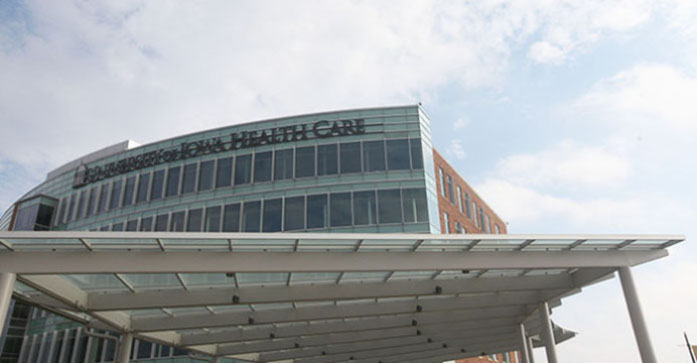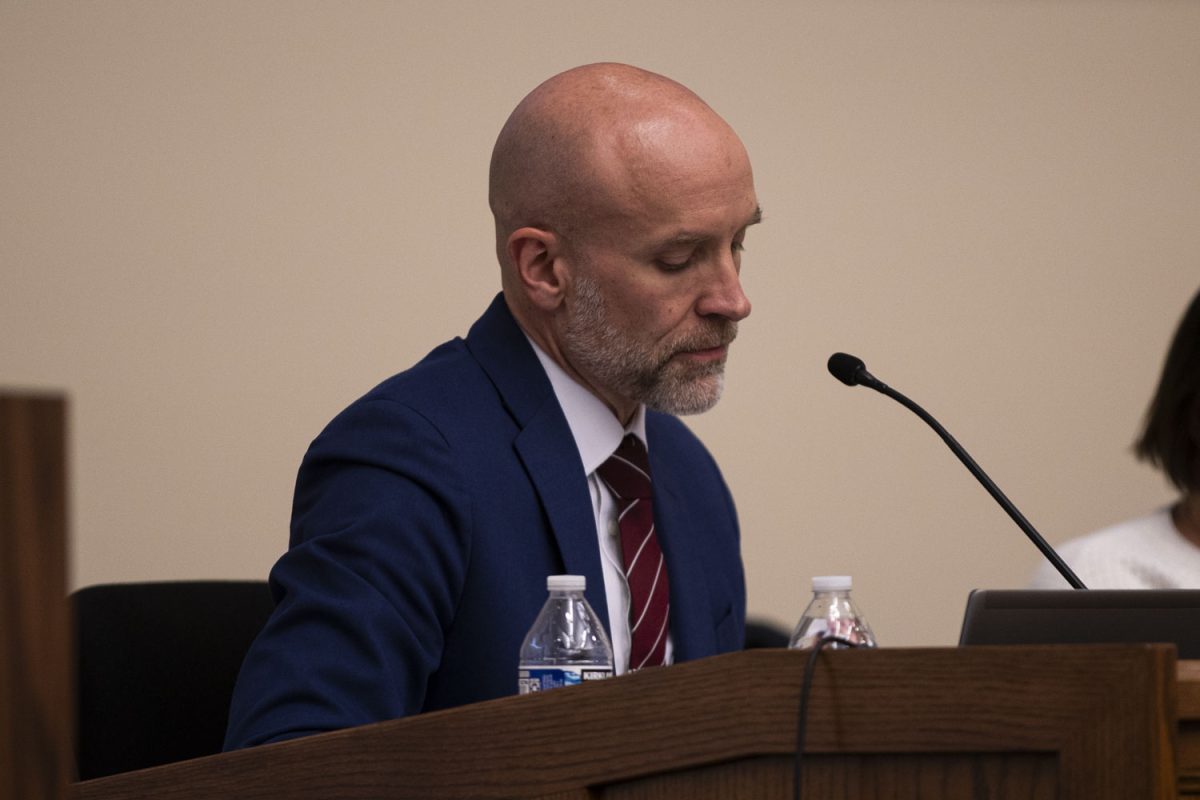October is National Breast Cancer Awareness Month, and the University of Iowa Hospitals and Clinics is advertising walk-in mammography services offered daily at its River Landing location and the Breast Imaging Center of Excellence.
Mammography, a screening done to show abnormalities in breast tissue, allows for an earlier detection of cancerous masses to receive treatment.
To provide patients with more convenience and to raise awareness for the need for mammograms, the options to schedule services ahead of time or come in at one’s convenience are being offered.
Because mammograms are one of the only tests in which patients are able to self-refer, UIHC hopes individuals will take the opportunity to be examined.
“The mammogram is a low dose X-ray that is made by placing the breast between two X-ray plates and compressing slightly,” UI clinical Assistant Professor Ingrid Lizarraga said in an email to The Daily Iowan. “Two views are taken, top to bottom and side to side. The radiologist then reviews the pictures to look for abnormalities.”
UIHC performs more than 8,000 screenings a year, providing an important detection for what may be otherwise unnoticed issues. Clinical chief of breast imaging Deborah Havel-Korson said that before 3D mammography was available, 12 percent of patients were asked back for follow-up testing, while the number has decreased to around 7 percent with this addition.
RELATED: UIHC shows off new heart and vascular center
“Mammograms have been shown to find cancers before they cause symptoms, when they can be treated more easily and with more success,” Lizarraga said. “A mammogram is quick, safe and easy to get.”
Having routine mammograms performed, starting at the age of 40 and continuing annually, is an important way to spot abnormalities in a shorter amount of time.
“Routine mammograms are important in order to see subtle changes in breast tissue and catch cancer at an earlier stage,” Havel-Korson said.
Women are not alone in their risk for breast cancer; while the numbers are markedly lower, men can receive the diagnosis as well. Because the risk is so low, it isn’t recommended for men to receive routine mammograms, but they can and should do so if experiencing potential symptoms.
Catching a case of cancer at an earlier stage can allow for less aggressive treatments, higher chances of success, and other favorable outcomes, Havel-Korson said.
“The steady decrease in breast cancer mortality is the result of early detection and improved treatment,” Sonia Sugg, the director of breast health center at UIHC, said in an emailed response to The Daily Iowan. “When breast cancer is detected early, it is easier to treat with less surgery and possibly no chemotherapy, and it is easier to cure.”
Since 1985, the awareness month has allowed for an increased awareness in the disease, which is the second leading cause of cancer-related deaths in women.







